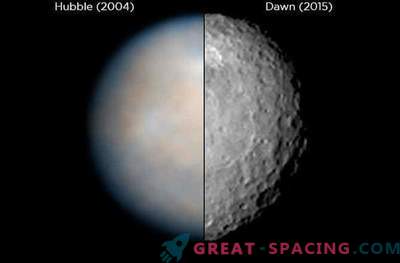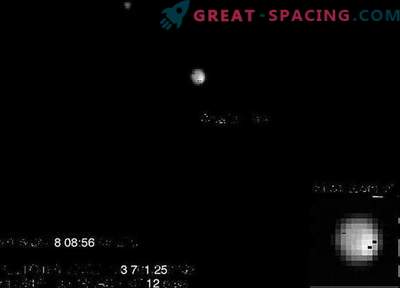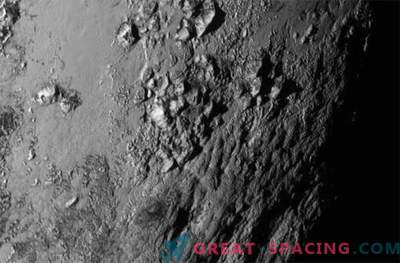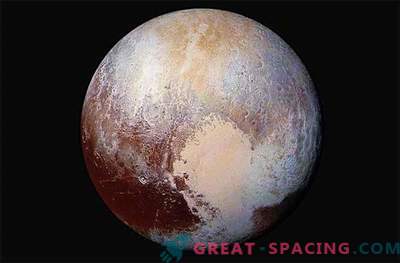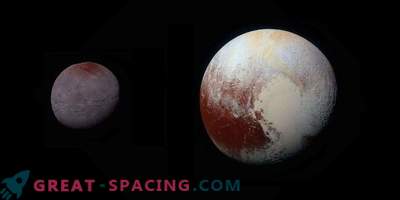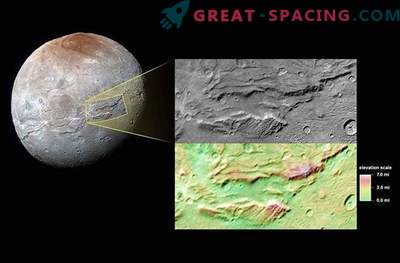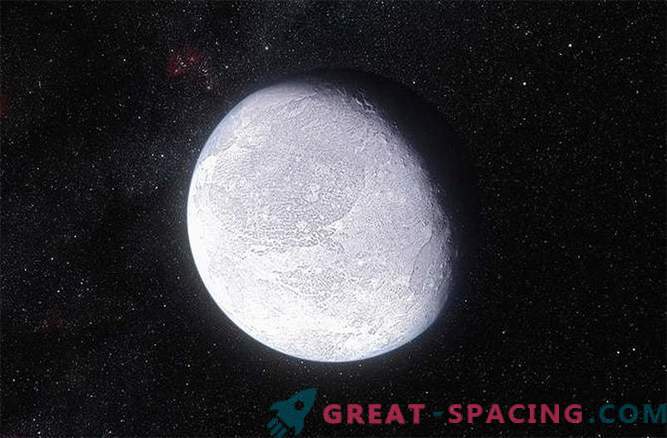
The Kuiper Belt was once a cruel and chaotic place. Here, entire worlds were created and destroyed, and collisions of cosmic bodies among themselves remained commonplace. But for millennia, the inner regions of the solar system calmed down. However, scars remain; the scars that NASA is just beginning to look at in the New Horizons mission. July 14, the spacecraft should be as close as possible to Pluto - a dwarf planet on the very edge of the solar system.
Planetary astronomer Mike Brown, of the California Institute of Technology in Pasadena, Calif., Refers to these scars as the "blood splatter" of the solar system. In its formative years, the Solar System was a hotbed of planetary formation and destruction. A team of astronomers, as a group of forensic experts, is looking for evidence of a crime in the Kuiper Belt, where the evidence was frozen in time.
Charon: Frozen Witness
Astronomers discovered 4 more satellites in orbit around Pluto and Charon, which probably had a huge impact on the dwarf planet in the past. Other tiny worlds in the Kuiper Belt also show signs of collision. Interestingly, in the forensic investigations of the New Horizons mission, Pluto is not a victim that can tell about the history of the Solar System. The desired patient is Charon.
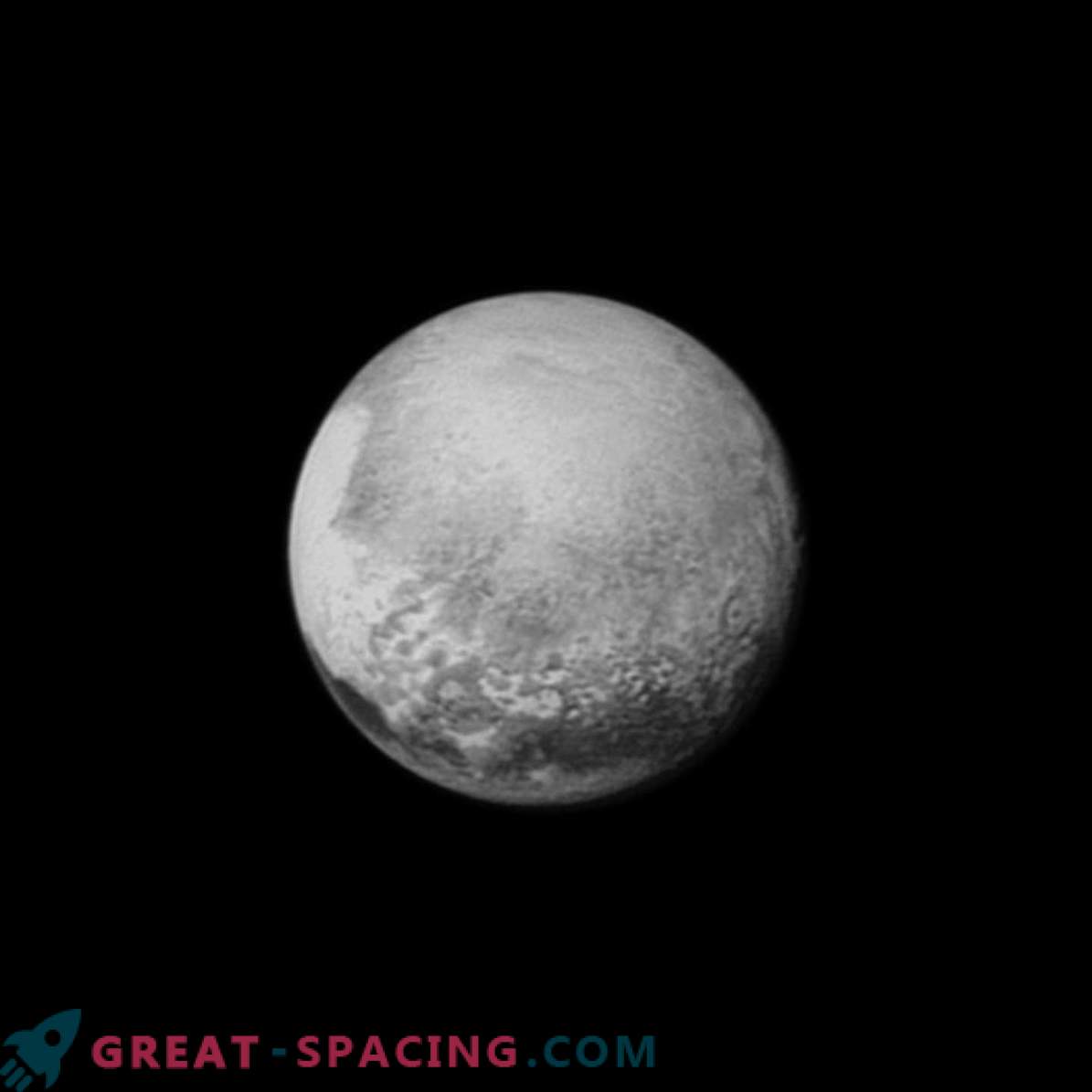
Photo of Pluto taken by the New Horizons mission on July 14, 2015
"It will be very cool when new images from New Horizons come," 0 said Brown. "You will surely be able to see one large crater on Charon with rays and several other relief formations that will become the place where we can read the history of the outer solar system." Like our moon, Charon is almost devoid of atmosphere. This means that craters, which are between millions and billions of years old, remain engraved in stone without the risk of their destruction by atmospheric gases. Pluto, on the other hand, has a dominant force of gravity that holds them, its surface freezes and sublimates over long 248 years of rotation around the sun.
"It will be interesting to see how the frosts have changed everything on the surface of Pluto. But Charon died, like our Moon, who just sits there and writes down the whole story. We are going there to see evidence of all the splashes of the blood of the past," he added.
On the approach to the Pluto-Charon system, the New Horizons apparatus confirmed the dichotomy. Pluto looks reddish, while Charon is gray and monotonous. There are only 12,000 miles between these two orbital bodies. A bit strange of course, but gravity decides everything.
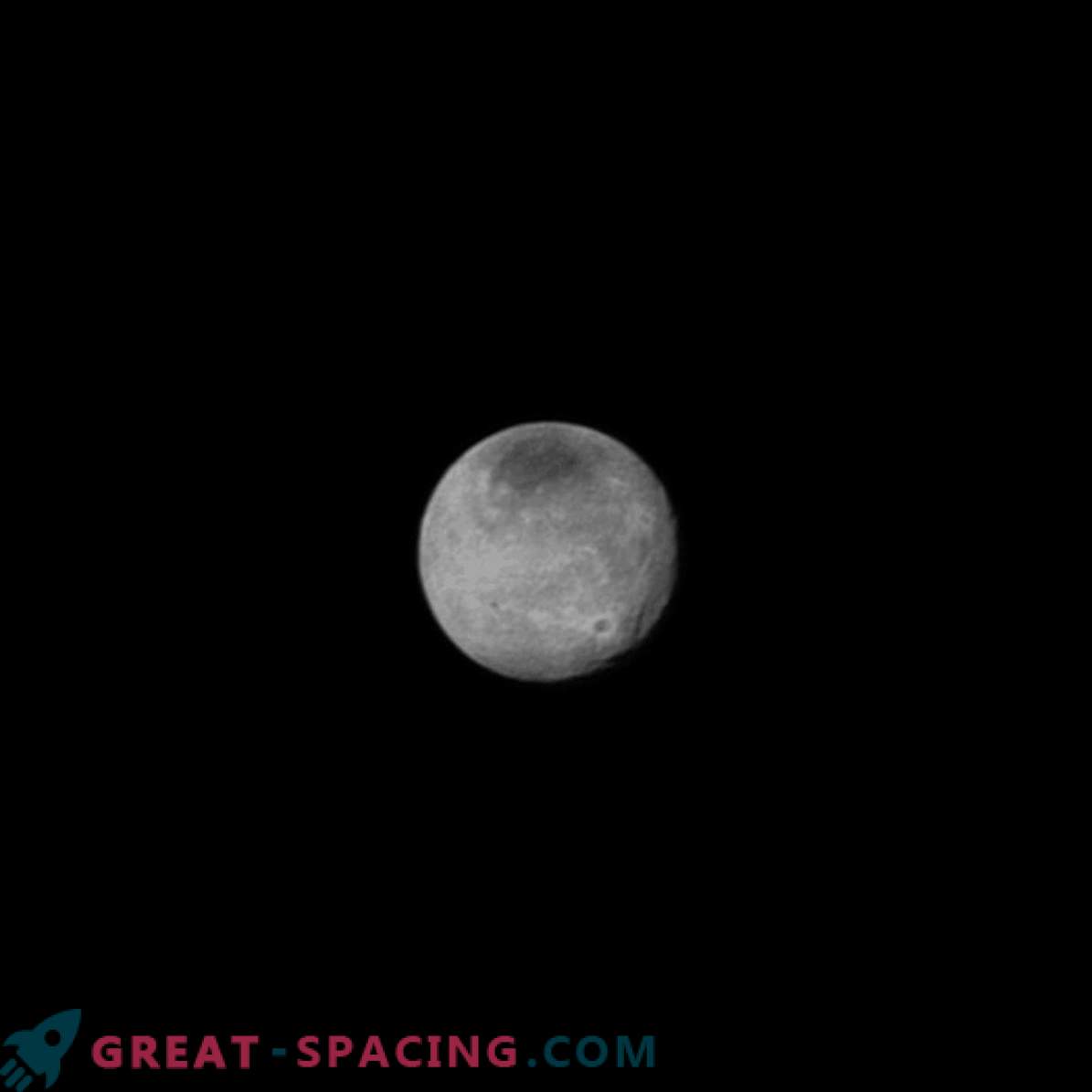
Photo of Charon taken by the New Horizons mission on July 14, 2015
“Pluto is massive enough to hold an atmosphere, mostly formed from nitrogen, but interspersed with methane. When it condenses on the surface, it is frost, methane freezes and glitters under the sun's rays in red,” Brown said. "We have known for many decades that Pluto is red because of methane on the surface. Charon, in turn, is small enough to hold the atmosphere, so it just evaporates into space."
With regards to the images coming from the New Horizons so far, Brown is intrigued.
"Looking at Charon again - I see a lot of craters, now you can distinguish other small bright spots that seem to merge with the background. I really want to know what they are. I think these are ancient volcanoes along which water flowed in the distant past" . “With Pluto, like everyone else, I’m just confused. I don’t understand what a bright education in the shape of a heart can be seen on its surface, and I’m looking forward to be above it ... to find out, finally, that the hell is happening. There is no reason for it. The rest of the equator is dark, as it should be, and as it was predicted 20 years ago. The thing is that this is the warmest place where all the ice melts. But there there is still an incomprehensible bright spot! This is strange. "
A bit about Eris
Brown is a prolific seeker of new worlds in remote regions of the solar system. After his discovery in 2005 of Eris, which led to the controversial decision of the International Astronomical Union (IAU), in “lowering” Pluto to a new class of celestial bodies known as dwarf planets, Brown became known as Pluto’s “killer”.
At that time, it was believed that Eris, which revolves around the Sun far beyond the average orbit of Pluto, was larger than it. On Monday, however, the scientists of New Horizons announced that they, at last, accurately measured the diameter of Pluto― the actual diameter of the dwarf planet is larger than that of Eris, but only 28 miles.
"It's a little funny, because when we first discovered Eridu, it turned out to be more than Pluto, just because of the wrong data," said Brown.
It is worth noting that the masses of Pluto and Eris were exactly known for some time - Eris is 1/3 of the massive Pluto. Now it can be calculated even more precisely by measuring the characteristics of satellites orbiting around both dwarf planets. But the physical size of Pluto was difficult to decipher. From Earth, astronomers use a method known as "star occlusion" to measure the diameter of distant planets. As the planet rotates around the sun, it sometimes passes in front of the field of view of a distant star. It can be used as a sky ruler to measure planetary diameters.
Eris rotates so far from our star that in all parts of its orbit, all gases from the atmosphere freeze on the surface. Pluto travels closer to the Sun, and atmospheric gases can interfere with measurements of occlusion, blurring the starlight that is visible behind. But when calculating the diameter of Eris (although the dwarf planet is farther away), the lack of atmosphere makes the measurements more accurate.
The fact that New Horizons discovered that Pluto is larger than we thought (but its mass remained the same) is crucial for understanding its composition.
“The really interesting thing is that Pluto and Eris are almost exactly the same size and yet they are almost 30 percent different in mass, so these are very different objects,” said Brown. "Almost everyone likes to think of them as twins, since they are almost identical in size, but I would say that these objects are very, very different."
"Pluto is colder than we thought before. It received much more ice than Eris. Eris can boast a layer of frozen water on the back side, but Pluto is covered with it all."
And this seems to be a recurring theme in the Kuiper Belt: from a distance, it seems that each object has its own characteristics.
Mission for generations
Although the New Horizons team hopes to capture as many targets as possible in the Kuiper Belt after visiting Pluto, they will most likely be able to explore only one object and the meeting will be rather remote, Brown said. Since in the near future there are no plans to send missions to the Kuiper Belt, planetary scientists will study in depth the flight data of the New Horizons apparatus for future generations.
"I imagine what Eris or Makemake looks like," Brown said. "Looking at Charon, an object whose size is close to Qaoru or Orkus, a large empty palette is born in my head, because before they seemed a bit different, and now with concrete images, everything has completely changed. It is really very interesting."
